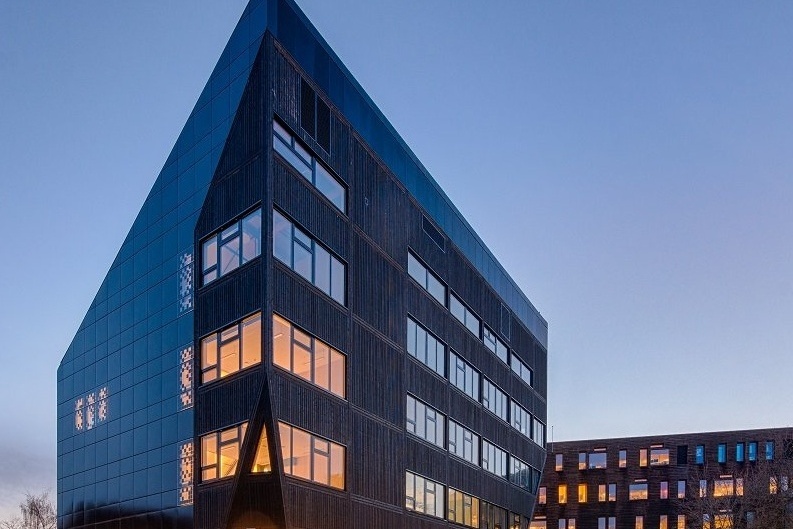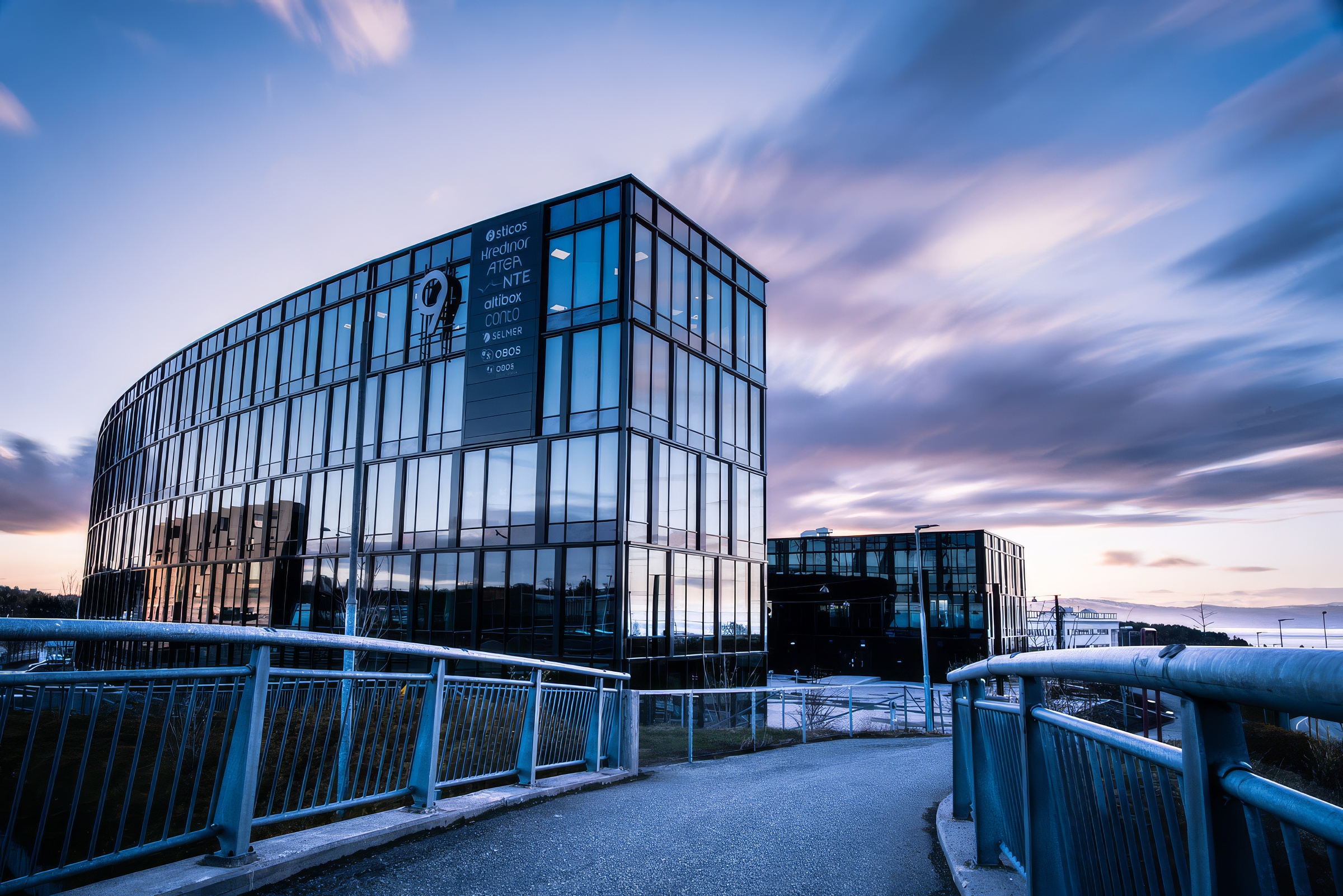About Cartesian
Cartesian was built on the backbone of more than 10 years of research and development carried out at SINTEF Energy Research (one of the largest research and technology organisations in Europe) and the Norwegian University of Science and Technology (NTNU), in Trondheim, Norway.
The backstory
The development of what is today Cartesian’s groundbreaking Thermal Energy Storage technology was especially driven by two of Cartesian’s co-founders, Alexis Sevault and Håkon Selvnes, previously research scientists. Backed by SINTEF, Cartesian was established in 2023, after two successful years of real-life demonstration of the thermal energy storage technology in an office building in Trondheim (ZEB Laboratory, still operating).
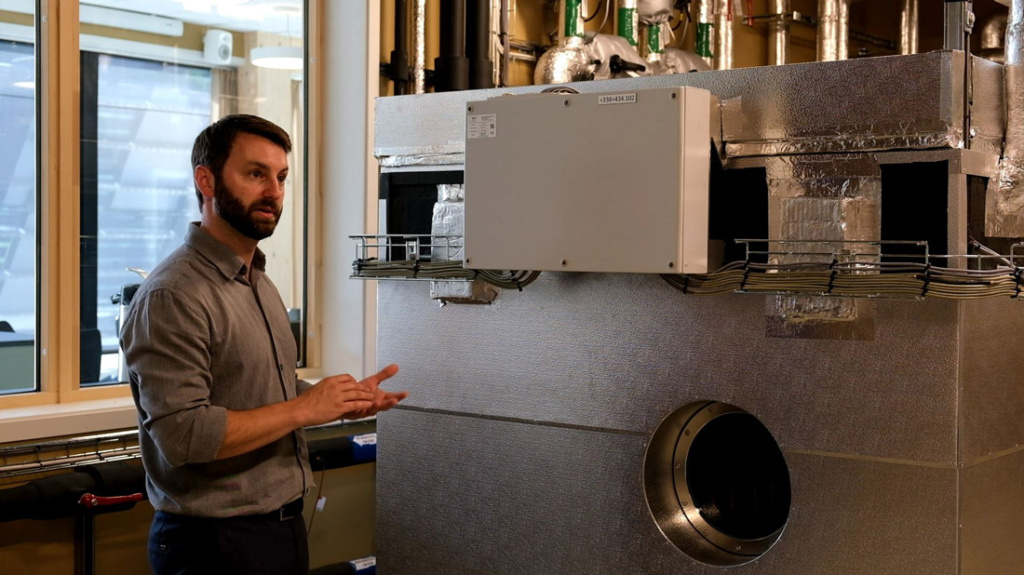
Today, Cartesian delivers thermal energy storage that makes buildings more energy-efficient and sustainable.
What sets our solution apart is its ability to integrate seamlessly with existing systems for heating, cooling, processes in large buildings, for example office buildings and supermarkets.
Our goal is to make it easy for businesses to reduce energy consumption and operational costs while contributing to a greener future. Our technology represents a step toward energy efficiency by offering a practical way to address today’s climate challenges.
Cartesian is especially setting a new standard for the optimisation of thermal energy storage in commercial buildings. Our aim is to help create a future in which sustainability and efficiency go hand-in-hand with energy solutions that can play a crucial role in reducing the global carbon footprint.
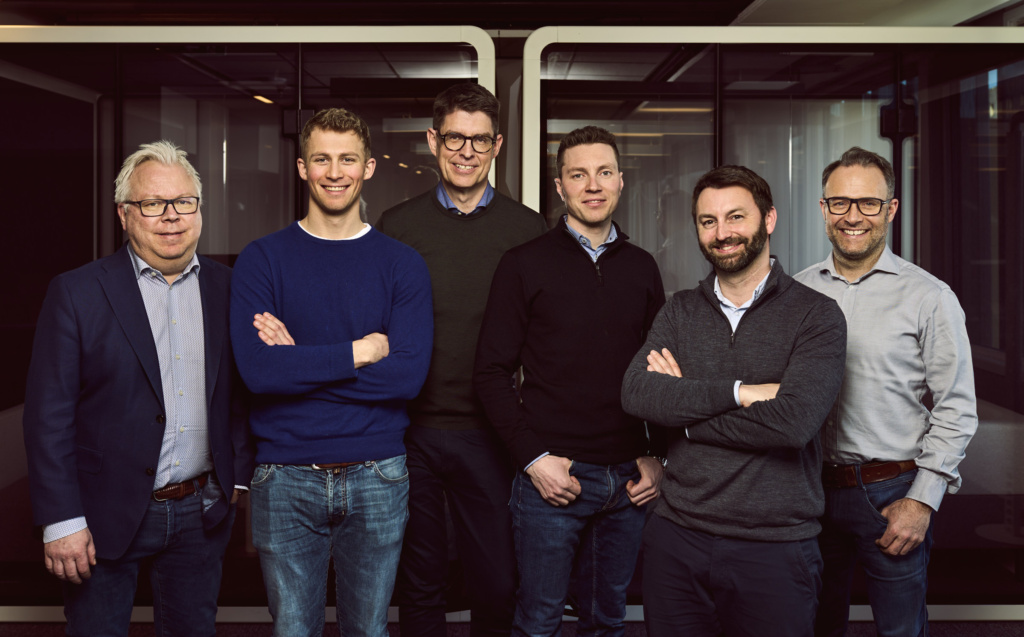
Heads
We are a team of 6 driven thinkers
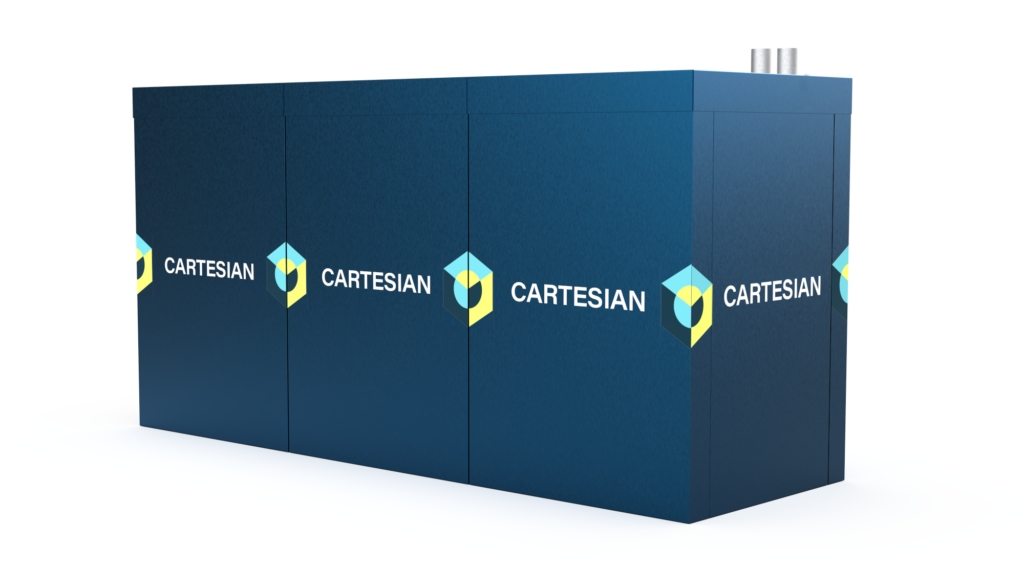
Our services
At Cartesian, we deliver solutions that help reduce energy consumption and relieve the pressure on HVAC systems by using stored energy more intelligently. Our Thermal Box integrates easily with fluid-based heating and cooling systems already in place.
The technology, based on phase change materials (PCMs), stores energy when it is available and releases it when demand is highest, a process known as load shifting. The result is smoother energy use and lower operating costs through peak shaving.
